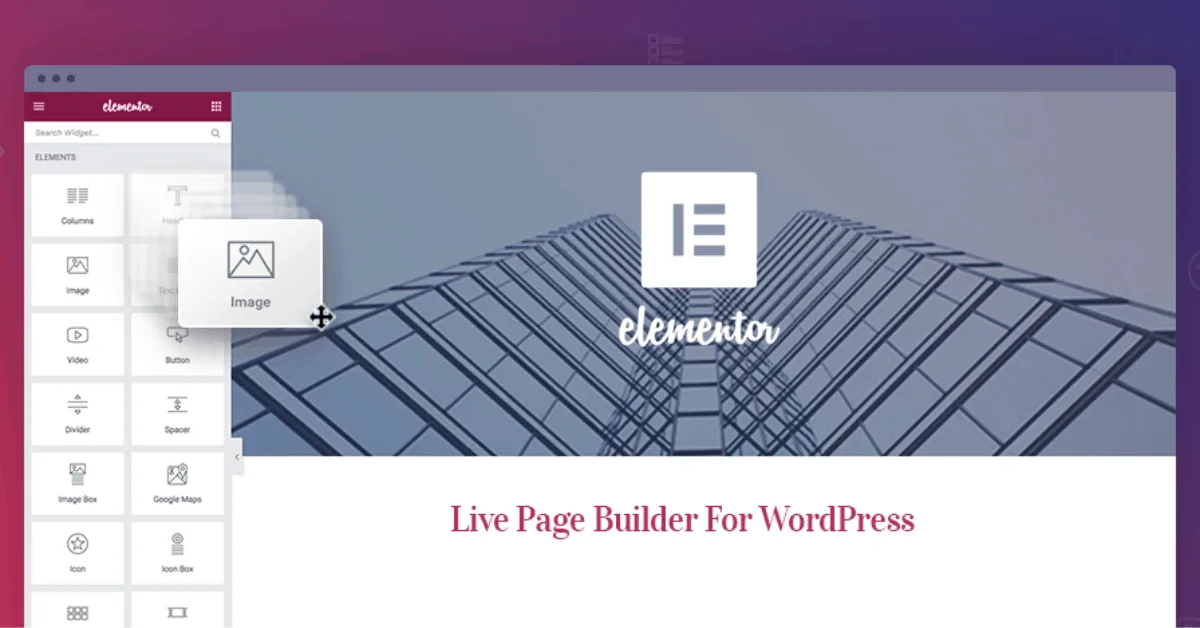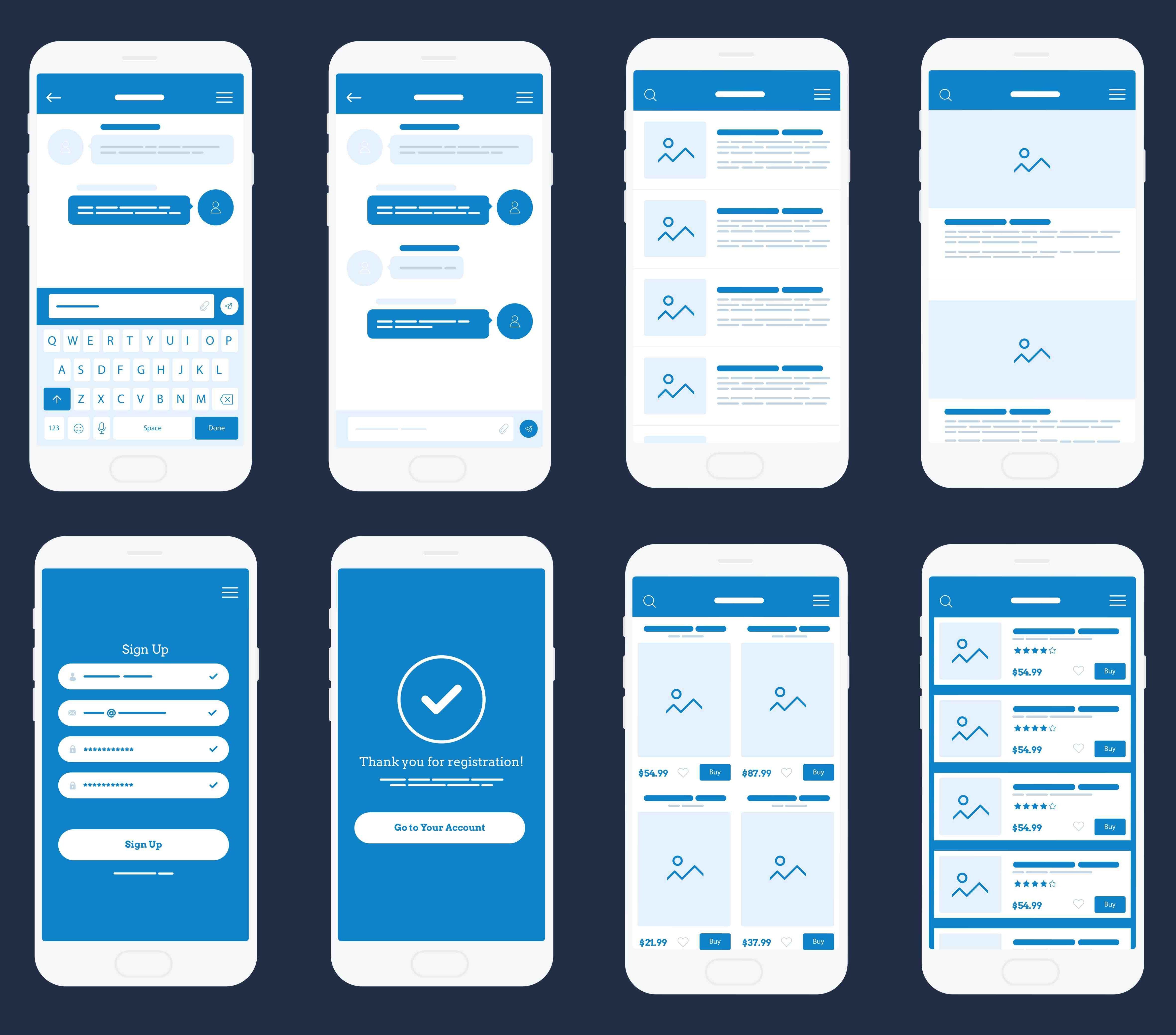It is pretty common for a lot of agencies to either use templates, or use their own boilerplate / pre-existing builds to create new sites. At Aurora, we do not use a cookie-cutter approach.
It’s pretty common for a lot of agencies to either use templates or use their own boilerplate / pre-existing builds to create new sites.
Those are both very cost- and time-effective approaches and there are circumstances where we would recommend those approaches. However, those should be exceptions, not the rule.
There are 1.13 billion websites in the world, of which about 200 million are active. If they all used the same template or boilerplate, the value each would provide would be limited. At Aurora, we want to ensure our clients are differentiated from the many other websites out there. We believe a custom approach best serves the needs of our clients. That’s why we don’t use a cookie-cutter approach.
Why do other agencies use templates or cookie-cutter?
Simple: because it’s cheaper and faster for them. Their mentality is that there is no need to reinvent the wheel. And although we appreciate that sentiment, in that analogy, the wheel needs to be changed for each car.
Each website has its own objectives, its own needs, and its own unique attributes. As such, forcing clients to conform to template or boilerplate limitations does not provide the best possible value to them.
There are 1.13 billion websites on the web, and about 200 million active websites. If all websites were using the same template or boilerplate, then the value each website provides is limited. At Aurora, we want to ensure our clients are differentiated from the many other websites out there.
What does cookie-cutter or boilerplate mean?
In short, it means reusing already developed elements, like wireframes or build components. We’ve seen some agencies that have a pre-developed bank of modules they use for wireframes and for build, so they basically only need to re-arrange pre-built modules in the wireframe phrase or stylize pre-built components. This means their clients are effectively paying for work that somebody else has already paid for.
Although smart and economical, we don’t think that’s right.
Does custom cost more?
It depends on the pricing model. Aurora is a boutique agency with limited overhead. That helps keep our costs down so we can deliver custom projects at the same or lower cost than many larger agencies that use boilerplates or templates.
Although templates and boilerplates undoubtedly cost agencies less, those savings are usually not passed onto clients.
Does custom result in more dev effort later?
That also depends. If you build it properly, it can actually decrease dev effort later on.
Templates might (but might not) provide some customization options within their framework. But as soon as you have a requirement that doesn’t fit within the functionality of that template, you may have to custom code on top of the template, which can be risky. Or you might have to abandon that site entirely and start over. That’s not only costly and time consuming, but super frustrating.
Boilerplates might similarly be pre-built to offer a lot of customizations, but they also may not. Similar to templates, as soon as you have a requirement that the boilerplate doesn’t provide, then you’ll need dev effort. Because the boilerplate wasn’t specifically developed for that project, there’s a good chance it won’t meet the needs of a project long term.
That said, there are boilerplates and templates that are very well developed and have extensive customization options.
With custom, the same problems can occur, but because the code was developed specifically for the needs of that project, it’s more likely to be able to meet future needs — if corners aren’t cut. When developing custom, some agencies write the code to exactly meet the approved requirements and nothing more. This increases the chances of dev being required in the future.
At Aurora, we ensure the code — or more specifically, the modules we develop — is scalable and flexible so it not only satisfies the immediate needs but anticipates future needs.
What about plugins?
Similar to templates, many agencies use a lot of third-party plugins they install in the CMS (e.g., WordPress). This avoids having to reinvent the wheel, but also poses a lot of challenges.
With every plugin, there is a risk of code conflict. Many plugins, when combined, can break a site. Every plugin also represents a security concern. Moreover, they aren’t always maintained, which can leave you with zombie plugins, which are security and maintenance nightmares.
The last thing you want is a Frankenstein site made up of a template and a bunch of plugins.
As such, Aurora tries to avoid using plugins. However, if a client requests a functionality that can achieved by using a plugin, we’ll consider using it if it meets the following conditions:
The effort to custom build will be incredibly extensive
The plugin is well reviewed
The plugin has a history of updates
The plugin is backed by a reputable builder
Why don’t all agencies just do custom?
Because it costs more and takes longer, and they’d rather minimize their costs and deliver as quickly as possible.
Aurora’s developers are truly fantastic, and we have been working with pretty well the same team for over 15 years now. As a result, even though we almost always use a custom approach, our timelines are still often quicker than many large agencies.
That being said, every project is different, and if the budget is very low, and/or the timeline is very tight, we may use a template. However, we always let the client know we’re doing it and go through the limitations so the client can decide if they want to take that risk.
 Back to insights
Back to insights

 Read More
Read More




